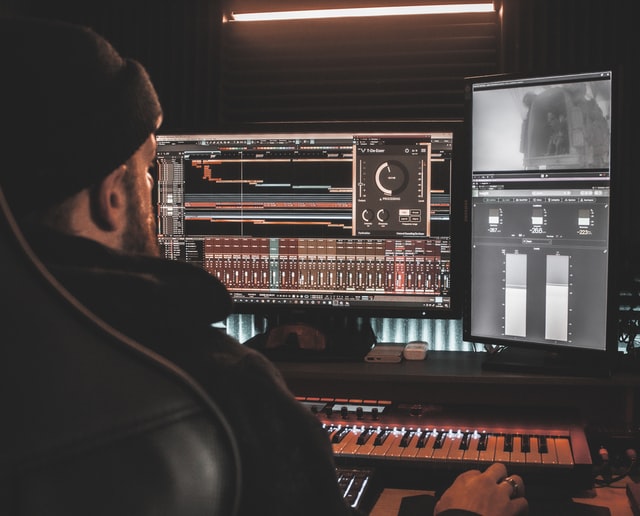
Nowadays, it is easier than ever to start your career in the music industry. The gear you need to produce music at home is affordable, and you don’t need a team of people to release a song, you can do everything yourself without leaving your bedroom. The only trouble you may run into is the poor quality of your music. It is indeed possible to create a track at home. If you don’t know how to go about recording and processing your songs, the quality of your track will be significantly worse compared to professional tracks. We’ve talked to https://ekmixmaster.com/, who knows a lot about getting high-quality recording in your home studio, and now we can share some tips with you.
The first thing we recommend you get is a DAW or a digital audio workstation. This is the software where all the magic happens. It is used at all stages of music production, so it is a necessity. You don’t have to go for expensive industry standards such as Ableton, there are plenty of free DAWs on the market. You can always upgrade later. The second thing to buy for your home studio is an audio interface. It is an essential piece of gear that translates the analog signal into a digital one. Then you need some microphones to record your guitars and vocals. If you are on a budget and can afford to buy only one, buy a condenser microphone. It works great for vocals. Then you should buy a pair of good headphones. It is one of the few things you should invest in. Especially if you can’t afford studio monitors. It is OK to produce using just your headphones at first, but make sure good studio monitors are on your list of things to buy for your studio because they give you the possibility to hear the track more fully. You will hear the issues you haven’t heard wearing headphones. Studio monitors are particularly helpful if you are wondering how to mix electronic dance music. And the last thing you will need is a pop filter to record vocals.
Once you collect all the essential gear, it is time to pay attention to the room where you will be working. It needs acoustic treatment and soundproofing. In simple words, soundproofing will make the room quieter, and acoustic treatment determines how the sound behaves in the room and directly influences the quality of your recordings.
When your room and gear are ready, it is important to prepare for the session. To do that, you should split your working process into separate parts. First, write a song, make sure you are happy with the result, then decide what instruments you want to record. Depending on that, you will need a slightly different setup. Then practice, practice, practice until your performance is clean, and then you can finally record. During the session, first lay the foundation for the song, then add harmonies and add-libs. Record as many takes as necessary. Make sure all your instruments and vocals are separate tracks. And then all you have to do is mix and master the song. If you are a beginner, you can hire a mixing and mastering engineer to do it for you because mixing and mastering are quite complex processes that require special attention.
3KM.ca was not involved in the creation of this content. Information contained on this page is provided by an independent third-party content provider. 3KM.ca makes no warranties or representations in connection therewith.




